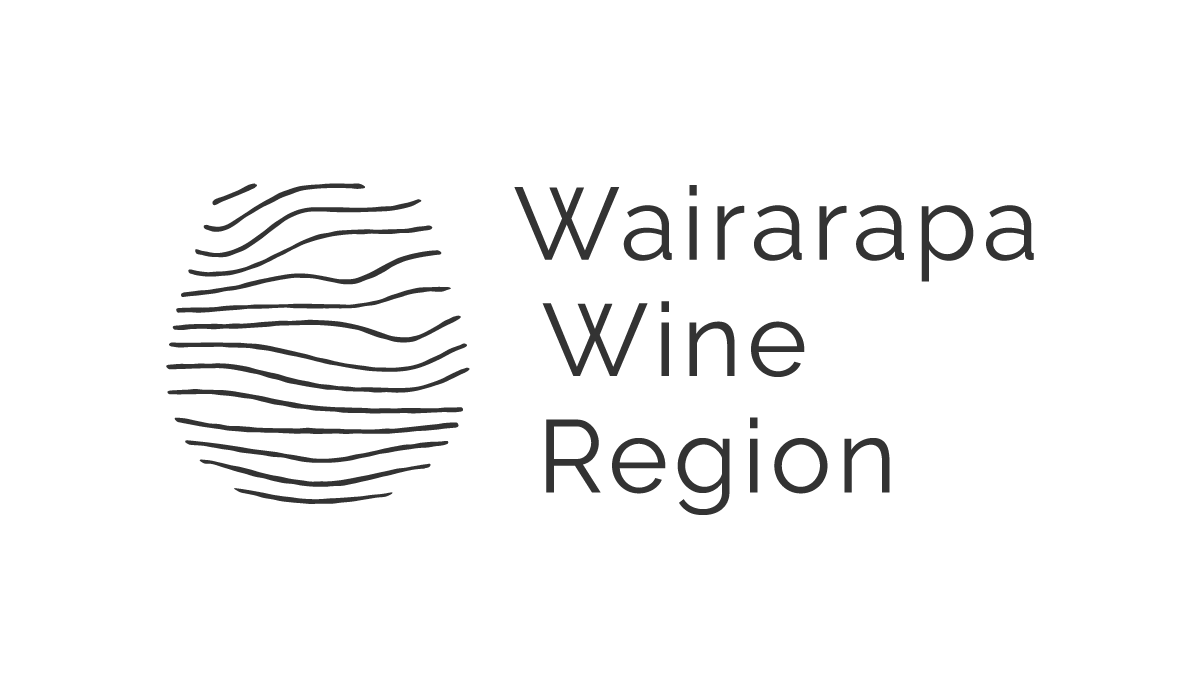aotearoa’s Pinot Pioneers
Not many people know that New Zealand’s first Pinot Noir vines were planted in Wairarapa soils.
In the 1880s, Burgundy native Marie Zelie moved to Masterton and wanted to evoke a sense of her home. Instinctively, she felt the climate and soils were ideal for vines. A century later, she was proven correct by local pioneer and soil scientist Derek Milne. His studies found Martinborough, in particular, had soils incredibly similar to Burgundy.
In 1980, trailblazing locals planted vines along Martinborough’s Terrace. These vineyards are now known as Ata Rangi, Margrain, Dry River and Martinborough Vineyard. A new story for Wairarapa was taking shape, and as their vines flourished, so did our reputation. Following international accolades for Pinot Noir, wineries began exploring other varieties such as Chardonnay, Pinot Gris, Riesling and Sauvignon Blanc.
Our footprint began spreading north of Martinborough. First, into the river terraces of Gladstone, and then further north to the limestone soils of Opaki, closing the loop on those very first vines.
Landscape & terroir
Wairarapa’s wine story is rooted in our region's unique terroir. Our south-eastern coastal corner of the North Island, one hour’s drive north-east of Wellington, is home to an ideal blend of wind, soil and climate. These features provide perfect grape growing conditions found nowhere else in Aotearoa.
Our climate is perfect for wine, with warm summers and cold winters akin to those in Burgundy—the paragon for Pinot Noir and Chardonnay.
The Ruamahanga River is our lifeblood. Plentiful in its resources, and humbling in its spiritual significance, the river connects us all. It flows from the Tararua Range and through the valleys, hills and plains of our three winegrowing sub-regions, toward the rugged coast. Over millennia it has carved dramatic cliffs, exposing the free-draining soils and alluvial river terraces that give our region’s wines their unmistakable character.
SMALL & MIGHTY
The Wairarapa Wine region is made up of three sub-regions: Martinborough, Gladstone, and Opaki. With elevation differences of 50 meters between the sub-regions, each has slightly unique soil profiles and climatic conditions that lead to different expressions in the wine produced, and a unique style not found anywhere else in Aotearoa. It’s a style that can be described as complex and elegant, with earthy, ageable wines that are typically tight, long, and savory with spice aromas, and whose concentration makes them ideal for cellaring.
Along with its wines, the region’s fundamental sustainability practices are leading the way for New Zealand wine. From compost and organics, native plantings and bee-hives, to beached combed seaweed for homemade fertilisers, this region not only hopes to maintain and protect the environment but to regenerate and increase the quality of the grape growing soils for years to come.
MARTINBOROUGH
The picturesque wine village of Martinborough is known for its Pinot Noir, creative locals and unique character.
GLADSTONE
Known for the Ruamahunga river running down its middle delivering prime grape growing capabilities for their varieties.
OPAKI
Closest to the Wairarapa’s capital, famous for its farming, Opaki is known for its limestone soils which offer great fertility for their varieties.






